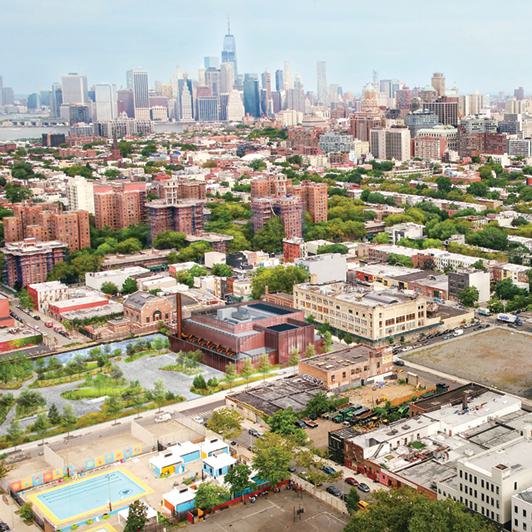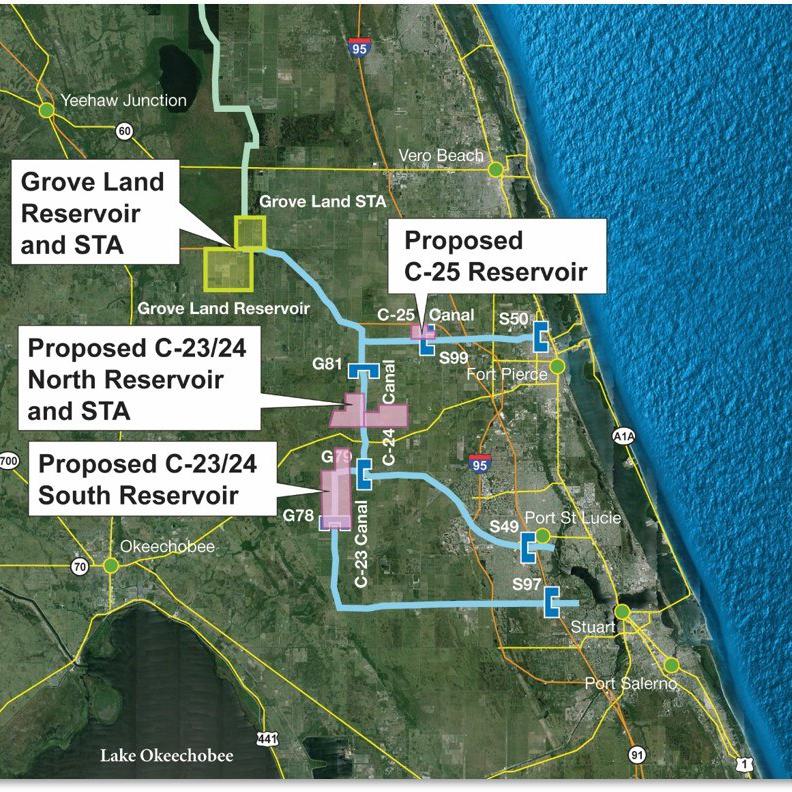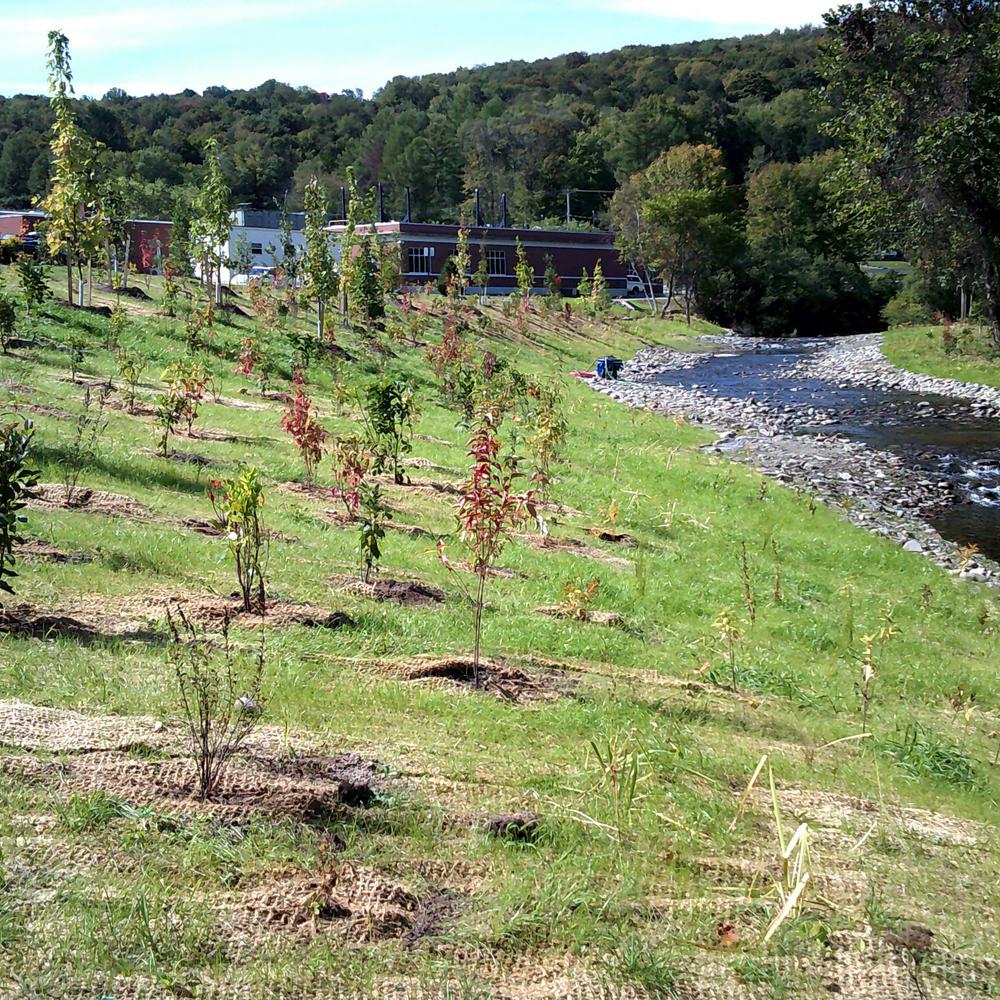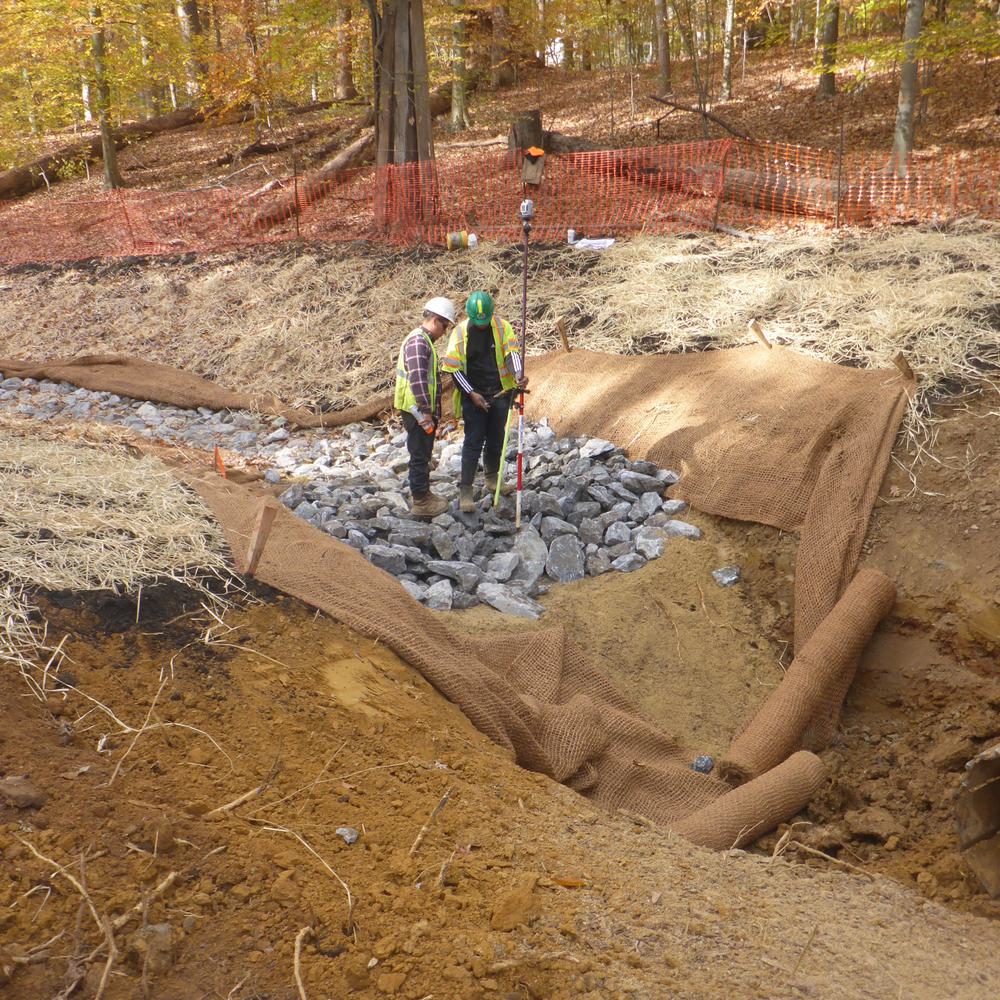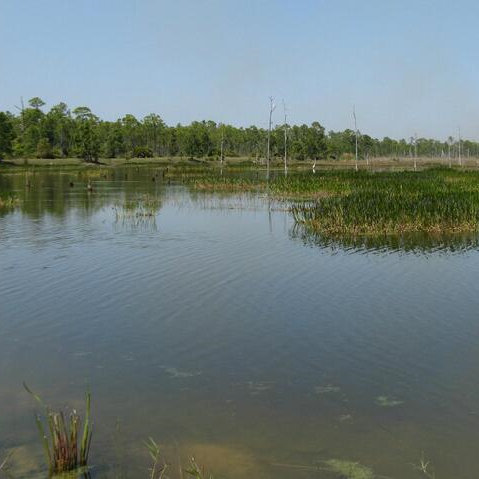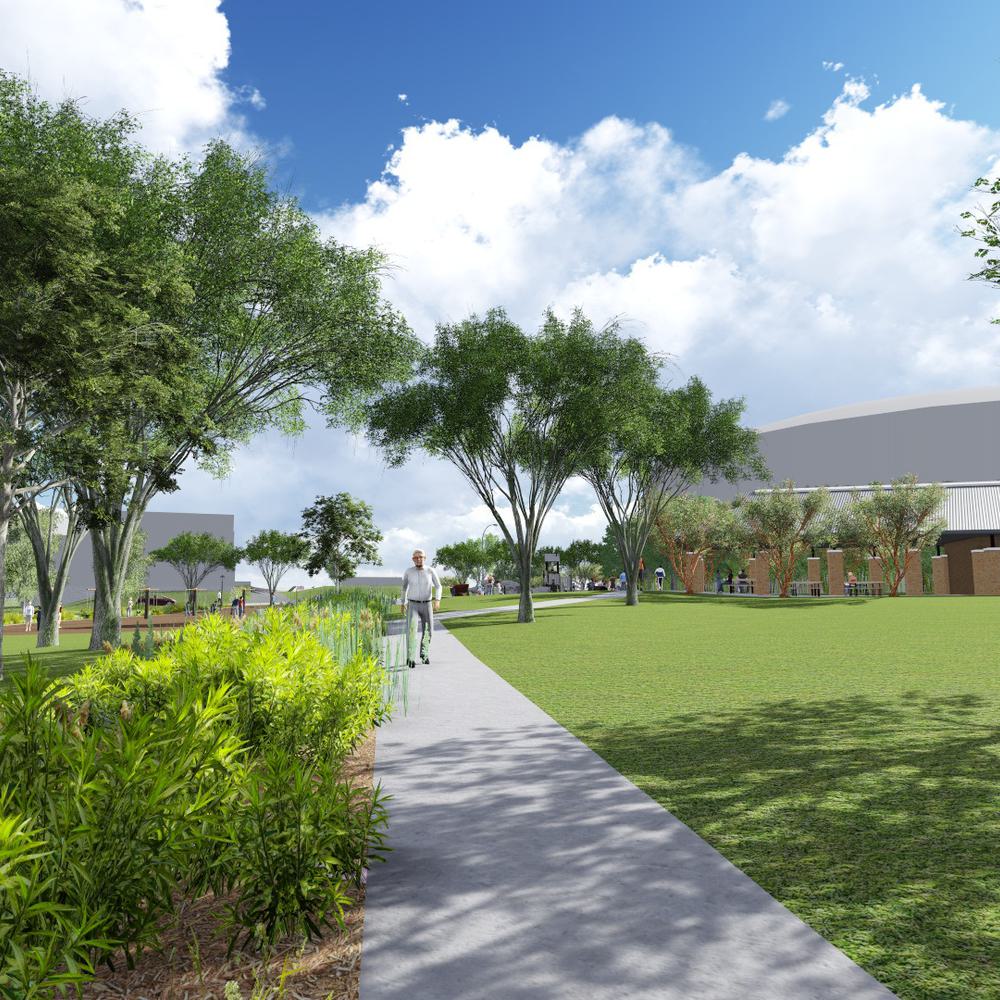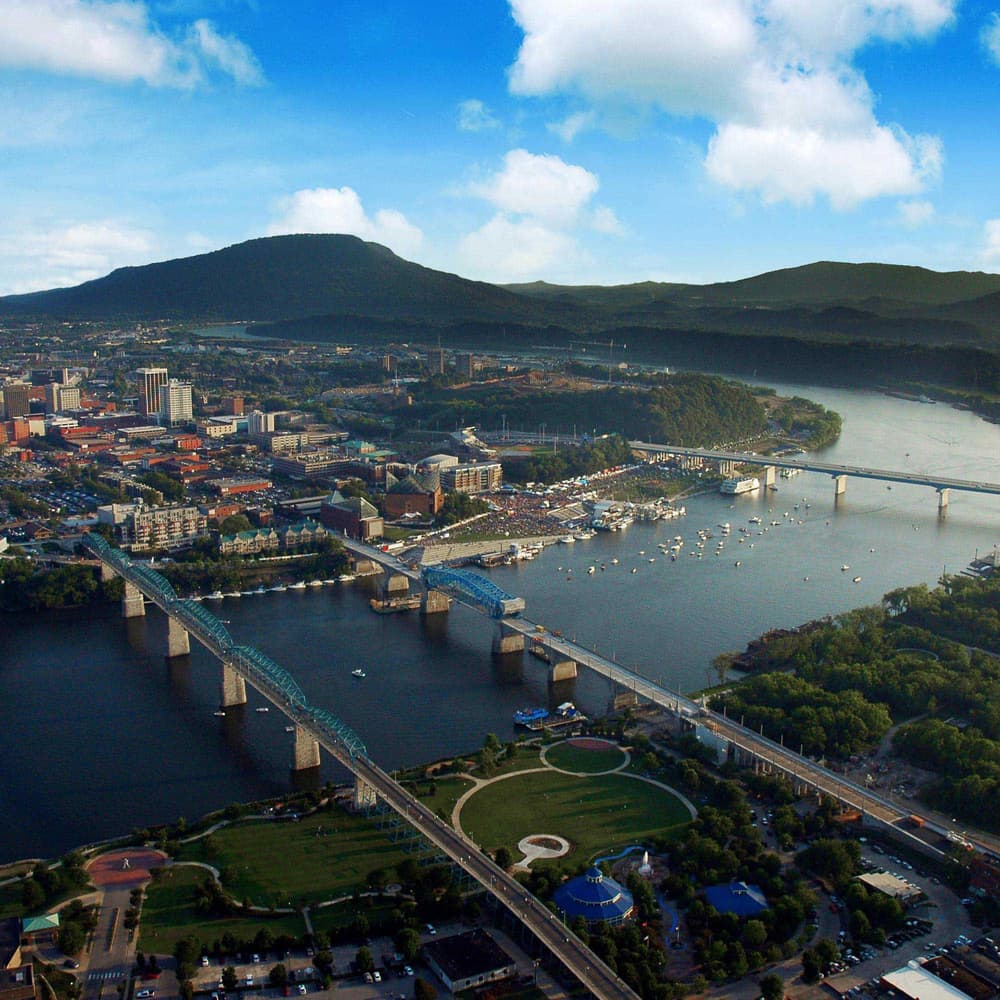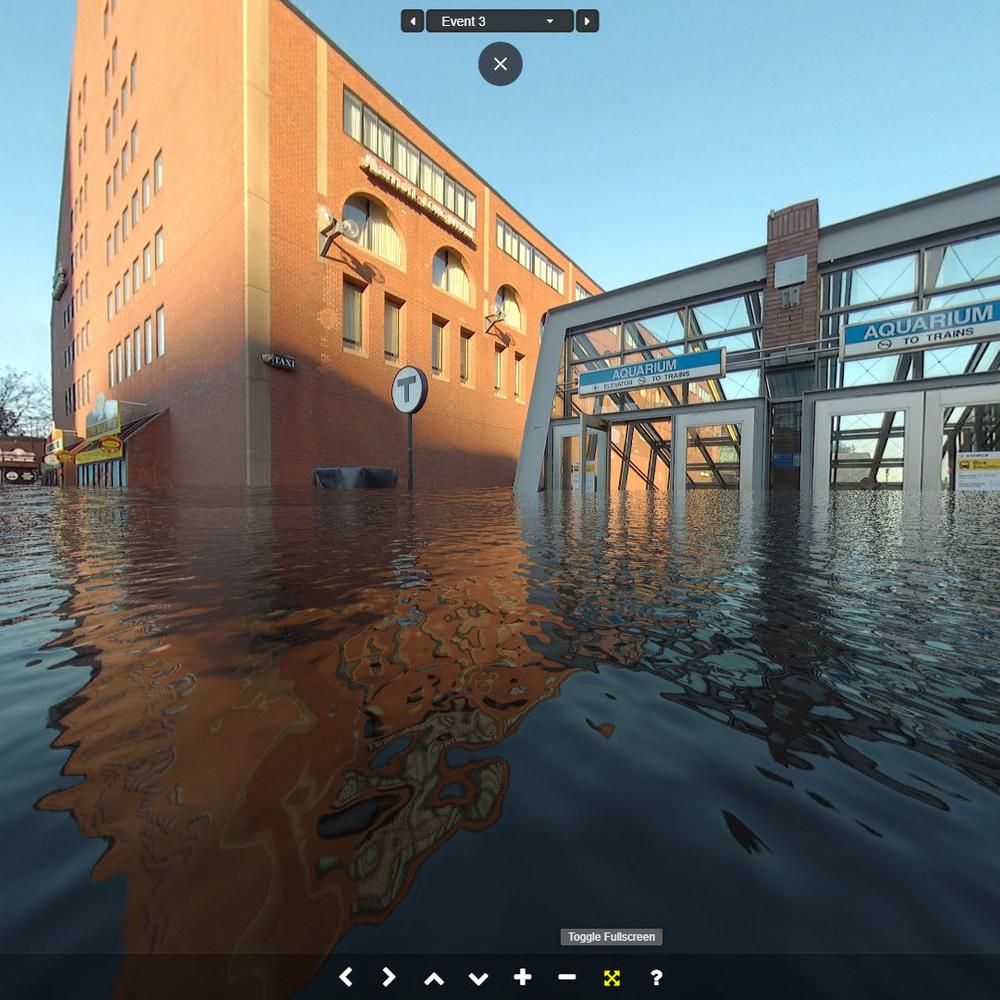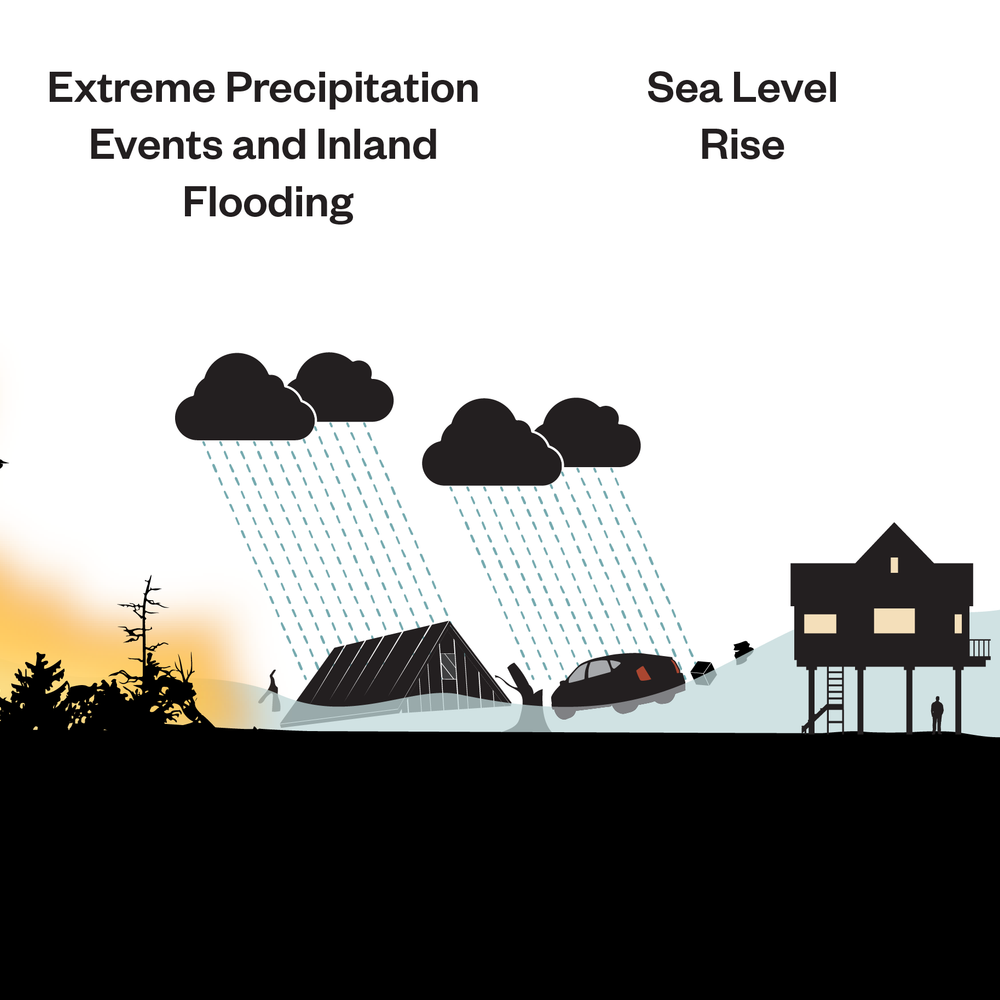City and Borough President Tour Progress of $121 Million Expansion of New Creek Bluebelt

The $33 million “Gateway to the Bluebelt” project, currently under construction, is creating a public viewing area and introduction to the rehabilitated New Creek wetlands.
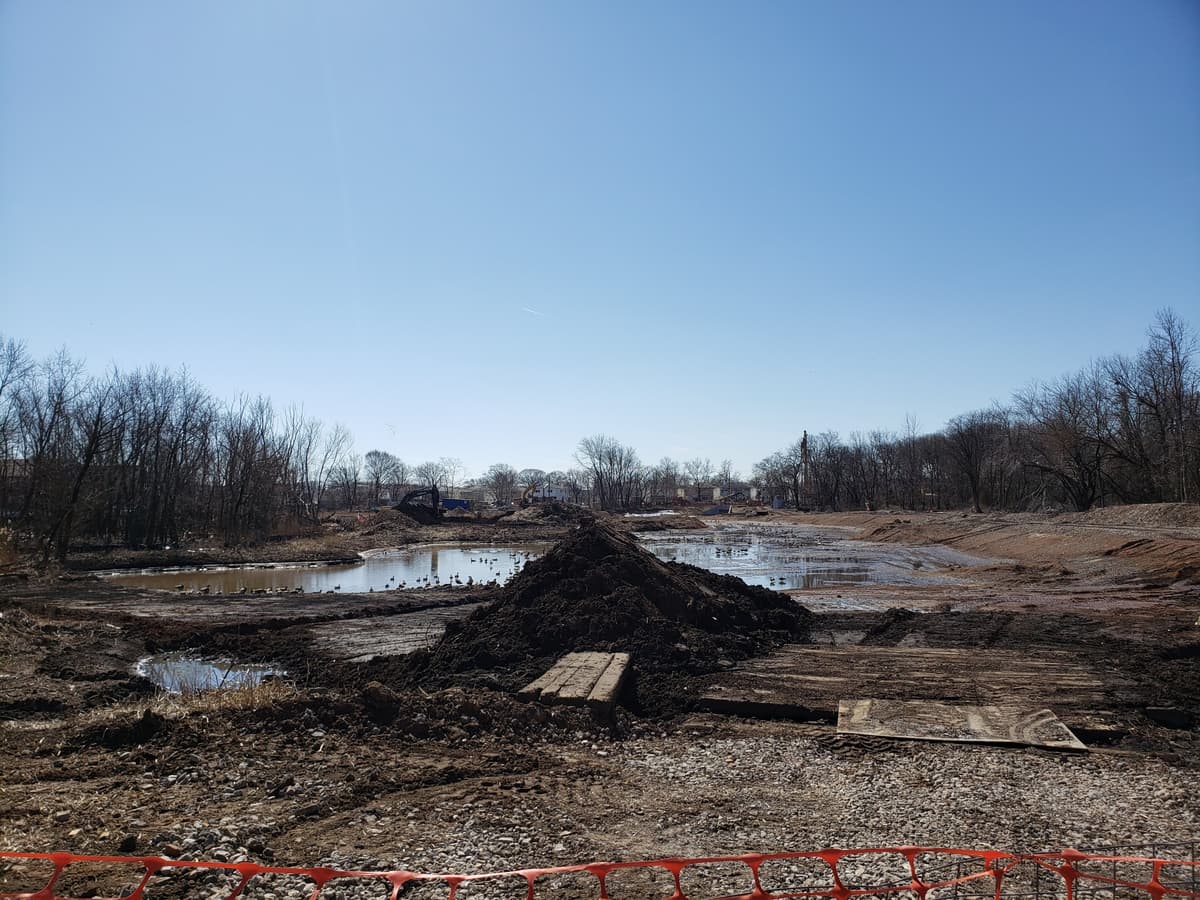
Crews working on the Gateway project have cleared brush and trees from the future wetland area. The Gateway project will include the planting of 219 trees, 607 shrubs and 23,000 wildflowers and native plants, as well as wildflower seeding.

In addition to the Bluebelt, construction will include the installation of more than one mile (approximately 5,500 linear feet) of new storm sewers along portions of Laconia Ave., Mason Ave., Seaver Ave., Filbert Ave., Rowan Ave., Stobe Ave., Jefferson Ave., Adams Ave., Nugent Ave., and Graham Blvd.
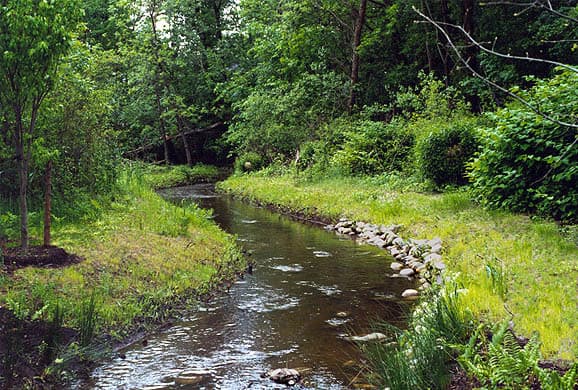
The award-winning Bluebelt program preserves natural drainage corridors such as streams, creeks, and ponds, and optimizes them to help control and filter stormwater from surrounding neighborhoods.
(NEW YORK, NY) - New York City Department of Environmental Protection (DEP) Commissioner Vincent Sapienza and Design and Construction (DDC) Commissioner Jamie Torres-Springer today joined Staten Island Borough President James Oddo to tour progress on the $121 million expansion of the Mid-Island’s New Creek Bluebelt. The work, consisting of three separate projects, is anticipated to be completed on schedule and builds upon the $25 million Phase I.
The $33 million “Gateway to the Bluebelt” project is creating a public viewing area and introduction to the rehabilitated New Creek wetlands. This project received a $4.9 million grant from the U.S. Department of Housing and Urban Development Community Development Block Grant Disaster Recovery Program. The $42 million expansion of the New Creek Bluebelt to the east of Hylan Boulevard, which will create the largest wetland area in the entire Bluebelt system, received an $11.1 million Hurricane Sandy recovery grant secured by Senator Schumer. Finally, the expansion of Last Chance Pond and the New Creek Bluebelt to the west of Hylan Boulevard is a $46 million project. The work is being funded by DEP and DOT and managed by DDC.
The award-winning Bluebelt program preserves natural drainage corridors such as streams, creeks, and ponds, and optimizes them to help control and filter stormwater from surrounding neighborhoods. Crews working on the Gateway project have cleared brush and trees from the future wetland area. The Gateway entrance, located on the south side of Hylan Boulevard, will feature a permeable paver walkway that leads to a stone-faced headwall looking out over the new wetland with views extending in the direction of lower New York Harbor. Benches will line the walkway, which will also feature site-salvaged boulders and interpretive signs that explain how the Bluebelt works, including detailed maps of the New Creek watershed, and messaging to encourage residents to protect the plants and animals that live in this unique habitat. The Gateway project will include the planting of 219 trees, 607 shrubs and 23,000 wildflowers and native plants, as well as wildflower seeding.
Construction will also include the installation of approximately 940 linear feet of new storm sewers and the replacement of 140 linear feet of sanitary sewers. While the roadway is open to construct the sewers, almost a half mile (2,588 linear feet) of new, more resilient ductile iron water mains will be added to replace older cast iron pipes. This will improve water distribution in the area and provide a reliable supply of water for decades to come. In order to allow New Creek to pass under Hylan Boulevard, the roadway is being raised, between Stobe Avenue and Seaver Avenue, by approximately five feet.
The second project encompasses 21 acres and features the largest man-made wetland in the Bluebelt system along with two outfalls, stilling basins, a micropool and a weir at Olympia Boulevard to regulate the downstream flow of water as it makes its way toward Raritan Bay. Work has included the removal of debris, trash, concrete rubble and invasive Phragmites, which can fuel wildfires. Once done, more than 85,400 wildflowers and native plants will be added, as well as 810 native shrubs and 440 trees.
In addition to the Bluebelt, construction will include the installation of more than one mile (approximately 5,500 linear feet) of new storm sewers along portions of Laconia Ave., Mason Ave., Seaver Ave., Filbert Ave., Rowan Ave., Stobe Ave., Jefferson Ave., Adams Ave., Nugent Ave., and Graham Blvd. More than 1,200 feet of sanitary sewers will be replaced and 870 feet of new sanitary sewer will be installed. While the roadway is open to construct the sewers, 500 feet of new water mains will be installed and 4,800 feet of new water mains will replace older cast iron pipes. This will improve water distribution in the area and provide a reliable supply of water for decades to come.
When construction is completed, stormwater that falls on roadways, rooftops and sidewalks in portions of the Dongan Hills, Grant City and Todt Hill neighborhoods will drain into new storm sewers and be discharged into Last Chance Pond at the top of the New Creek Bluebelt where it will slowly make its way to lower New York Harbor while being naturally filtered along the way. It’s flow, controlled by several new weirs, will wind through the already-completed $25 million Phase I. Upon completion, the New Creek Bluebelt will total 94 acres and drain a watershed area that is about 2,249 acres in size.
Excerpted from the NYCDEP website.
